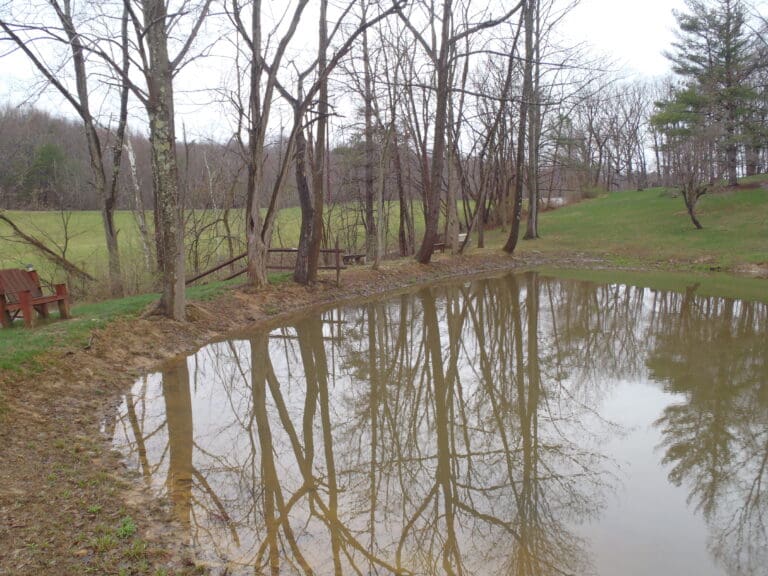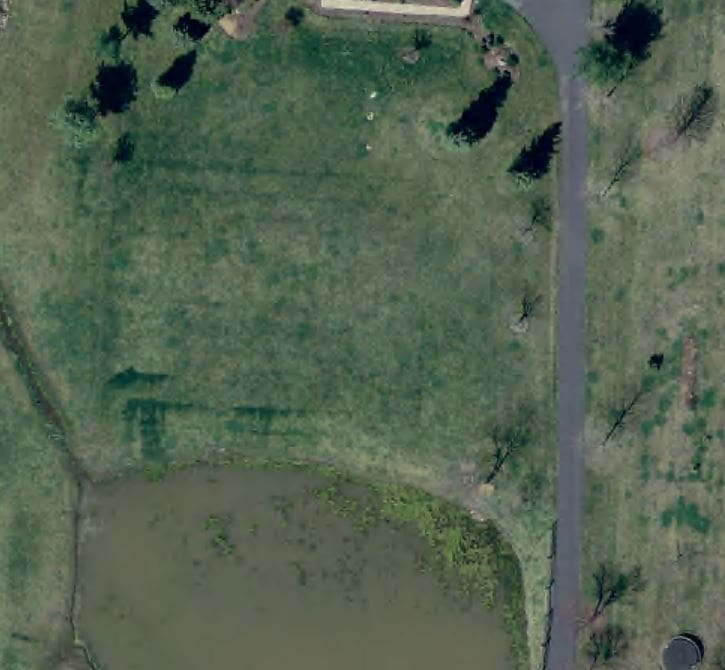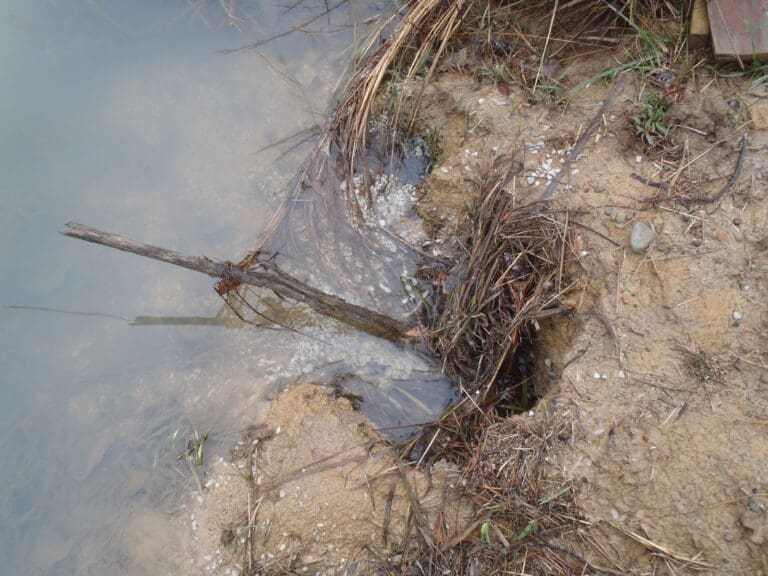We often receive questions regarding new pond construction, as well as the maintenance of an established pond. This week we cover the common “dos” and “don’ts” of pond management.
Do:
- Review our Pond Design & Management booklet for information on design/construction, fish stocking, vegetation control, etc.
- Always follow Ohio Dam Safety Regulations.
- Hire a soil consultant to dig soil test pits prior to building a pond or dam to ensure soils are suitable for pond construction.
- Ensure you use an experienced contractor with the proper equipment for pond and dam construction.
- Consider your watershed size. This is the number of acres draining into your pond and will be responsible for keeping your pond full. We recommend 10 acres of drainage per 1 acre of pond surface area.
- Research whether there may be field tile that will need to be rerouted around the pond. Checking historical aerial imagery may assist in identifying existing tiles. Download Google Earth Pro (free version) and enter the address or intersection in the search window at the top left. Clicking on the clock icon in the toolbar at the top will allow you to scroll through several years of aerials through the timeline (usually 1994-2017, depending on location). Contact our office for older aerials, dating back to 1938.
- Monitor for critter damage (beaver, muskrats, grass carp, groundhogs, etc.) and address issues immediately.
- If stocking your pond with fish, maintain an area at least 6′ deep for fish habitat.
- Monitor outlet structures after heavy rain events for damage or debris that could cause clogging.
- Maintain a level top of dam. Overtopping could result in a low area that will eventually erode.
- Compact Bentonite with a sheepsfoot roller if adding to pond to seal it.
- Provide readily accessible safety equipment/rescue devices.
- Remove submerged safety hazards and any debris that could cause clogging.
- Contact your local fire department if you are building a pond and are considering installing a dry fire hydrant.
- Consider aeration to provide oxygen.
- Properly manage vegetation in your pond. Only spray vegetation/weeds with chemicals that are labeled for aquatic use.
- Additional information regarding pond maintenance can be found in ODNR’s Ohio Pond Management Handbook.
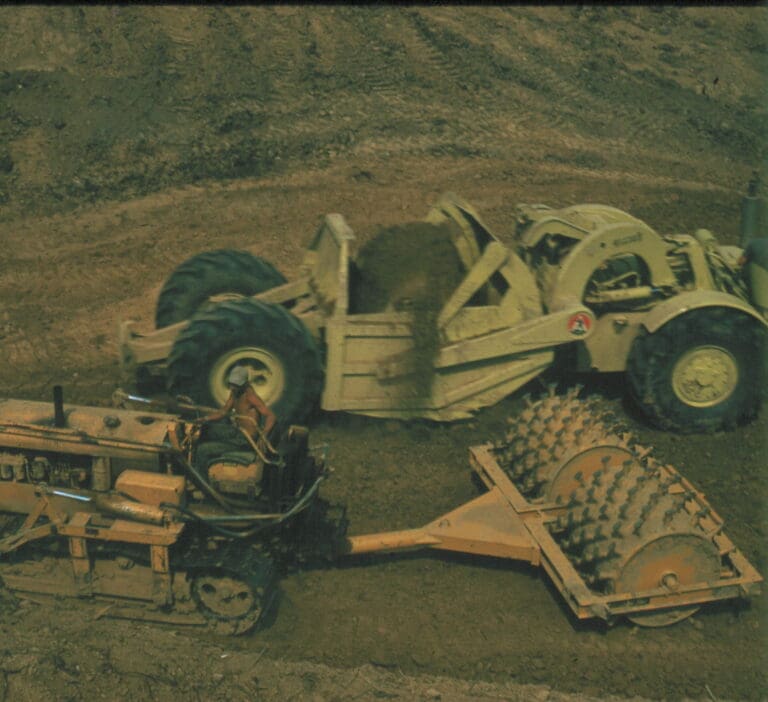
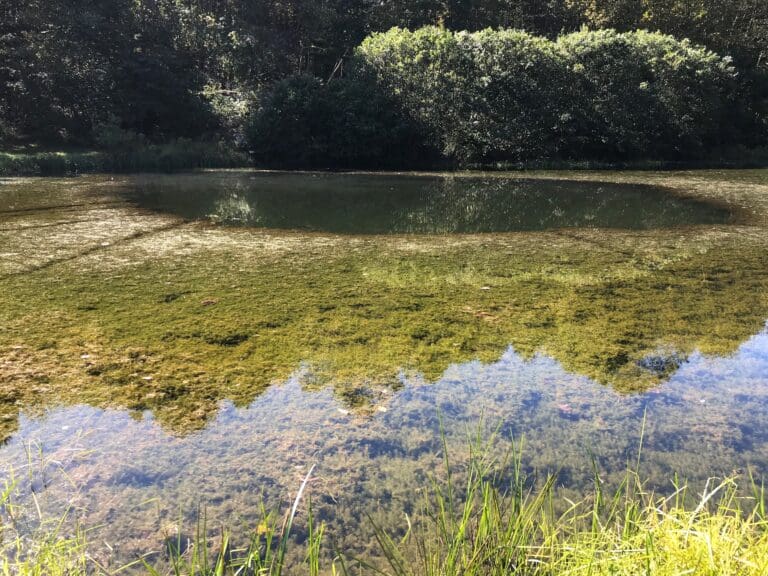
problems for pond owners.

Don’t:
- Don’t back water up onto neighboring properties. Ensure you are familiar with Ohio Drainage Laws.
- Avoid introducing non-native aquatic species; many are invasive and will take over quickly.
- It is not recommended to share ownership of a pond with a neighbor without clear legal agreements.
- Don’t plant trees on the dam, as roots can cause seepage.
